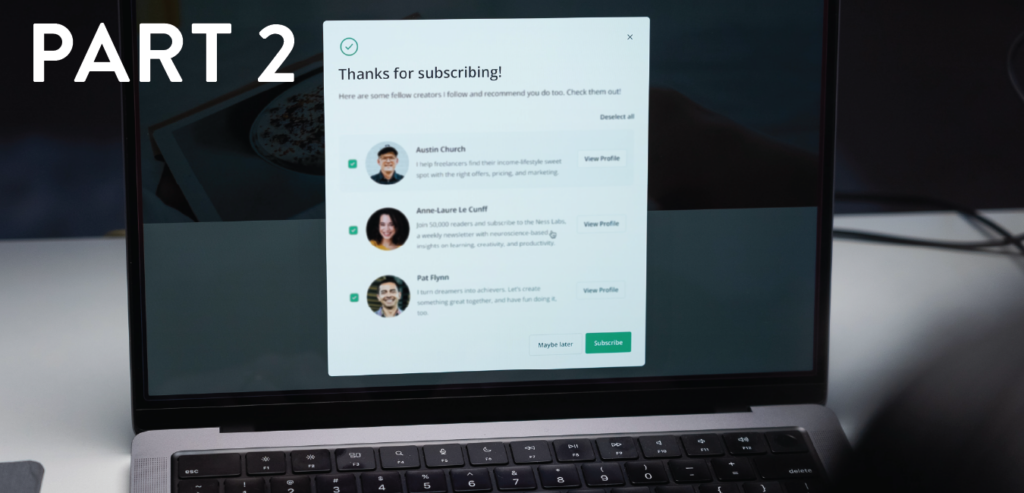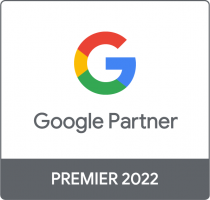Email marketing continues to be a critical element for ecommerce success. With increasing competition, evolving technology, and shifting customer expectations, staying ahead of the curve in Email Marketing can be challenging. As well as AI, discussed in Part 1 of this series, other key email marketing trends that are shaping ecommerce businesses in 2023 include deliverability, advanced segmentation and multichannel campaigns.
In this post, Shaun Ernst of Email Experts dives into how you can utilise these tools to get the most out of the emails you’re sending and stay up to date with what’s expected of EDMs in 2023.
1. Stricter Spam Filters and Algorithms
In 2023, we’re noticing a continued evolution of stricter spam filters and algorithms due to a rise in spam content. These filters are becoming increasingly sophisticated in how they detect and manage unwanted emails, posing new challenges for all brands.
The boom of AI in content creation also leads to the bane of higher volume emails, thereby increasing spam. Algorithms, which earlier focused on grammar to detect spam, are now adapting to this change by analysing other factors such as engagement rates and email volume.
To stay ahead in this scenario, it is vital for businesses to maintain a high sender reputation. This involves sending emails only to engaged users who have expressly opted-in, and ensuring strict compliance with international regulations such as GDPR (Europe & UK), CAN-SPAM (USA), CCPA (California) and the Spam Act (Australia).
In the face of increasing privacy concerns, permission-based email marketing which was the norm is now absolutely necessary. Maximising deliverability also involves setting up email authentication protocols such as SPF, DKIM, DMARC, and BIMI.
2. Personalisation
An ongoing trend in email marketing is personalisation. By using data such as past purchases, browsing behaviour, and location, brands can create targeted and relevant messages that resonate with their audience. This not only helps to drive engagement and conversions, but it also helps to build trust and loyalty.
Basic personalisation such as inserting customers first name, or sending birthday emails are a great start. You can take this even further by leveraging more customer data such as past purchases, browsing behaviour, and location to create targeted, relevant content. This personalised approach increases relevance, drives engagement, and increases conversions.
Some examples:
-
- Segment upsell emails by product purchase History: By adding segment splits in the post purchase emails according to what customers purchased, you can send targeted “how to use emails” or upsell complementary products.
For instance, if a customer has previously purchased a smartphone, they could receive an email showcasing a selection of phone cases, chargers, and other accessories.
-
- Segmentation by Browsing or Abandoned Cart behaviour: For customers in the pre-purchase stage, analysing browsing patterns can also offer insight for segmentation. If a customer regularly visits a particular product category without making a purchase, targeted emails featuring products from that category might encourage them to convert.
As an example, if a customer often browses the ‘Outdoor Gear’ section, they could be sent emails featuring top picks or recent arrivals within that category.
-
- Segmentation by Geographic Location: Geographic segmentation can allow for localised content. This might include region-specific promotions or shipping information, or content relevant to local events or seasonal conditions.
For example, you can target customers in the northern and southern hemisphere with appropriate summer or winter gear based on their local seasons. Another example would be promoting a warehouse sale to local customers, as they are the ones who would find it most relevant.
-
- Automated Birthday or Anniversary Emails: Automated emails sent on customers’ birthdays, or other significant dates (like the anniversary of their first purchase) can foster goodwill and encourage brand loyalty.
These emails could offer a personal birthday discount, or perhaps a gift with their next purchase, and are incredibly effective. If you’re not already collecting birthdays on your signup forms, start today so you can start sending birthday emails.
-
- Re-Engagement Automations: For inactive customers who haven’t engaged with your emails or made a purchase for a while, a re-engagement automated email can be initiated. These emails can express that they’ve been missed, offer special incentives for returning. Level up this email even further by updating the content regularly to update them on what’s new with your brand.
3. Multichannel Campaigns
Email marketing doesn’t exist in a vacuum. The most effective campaigns are those that present consistent, complementary, and distinctive messaging across multiple marketing channels, including your social media posts, SEO, advertising, and website content. This multi-channel approach allows you to reach your audience wherever they are and reinforce your brand message through repeated exposure. This consistency can significantly boost your brand recognition, customer engagement, and ultimately, your conversion rates.
When strategising your email campaigns, consider how they fit into your larger marketing ecosystem. However, avoid thinking of it as a liner experience, as customers will only experience a few pieces of the content. Instead, use consistent and distinctive images and phrases to reenforce any previous impressions they may have already experienced.
Conclusion
The evolving landscape of email marketing in 2023 presents new opportunities and challenges for all brands. Embracing the use of AI tools for content creation, analysis, and ideation; staying ahead of spam filters and regulations; implementing advanced personalisation techniques; and leveraging a multichannel approach to campaigns are key to maintaining an edge over competition.
Stay updated on these trends, adapt your strategies accordingly, and watch your email marketing campaigns drive your ecommerce business towards greater success.
Check out part 1 of this series, AI Tools for content generation and analysis.
Author: Shaun Ernst
Shaun is the Founder of Email Experts. Combining his love of data analysis and his passion for marketing, Shaun enjoys working with marketing professionals to deliver excellent results for ecommerce businesses.








